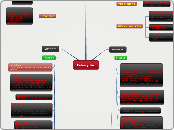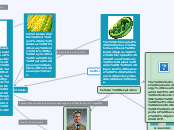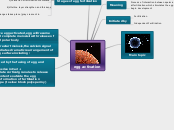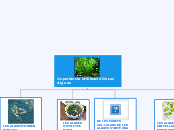par Abuya' . Il y a 12 années
446
eukaryotic
Meiosis is a crucial process in eukaryotic cells involving two distinct divisions that reduce the chromosome number by half, resulting in four genetically diverse cells. This process includes various phases such as Prophase, Metaphase, Anaphase, and Telophase, each contributing to the accurate segregation of chromosomes.









